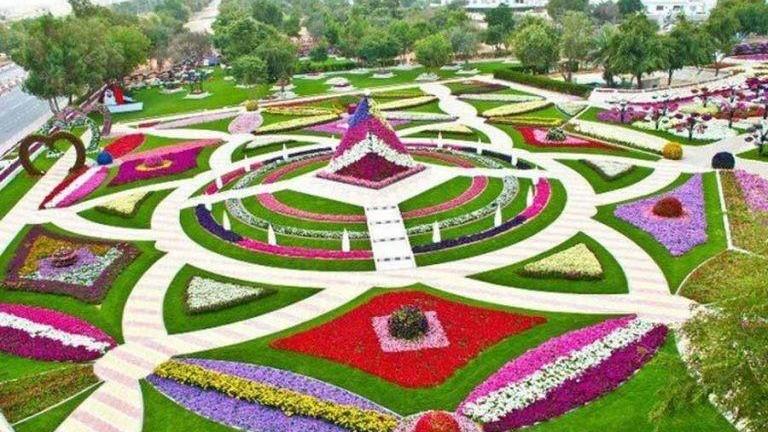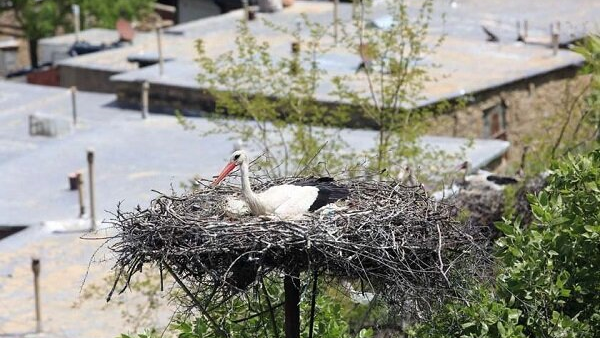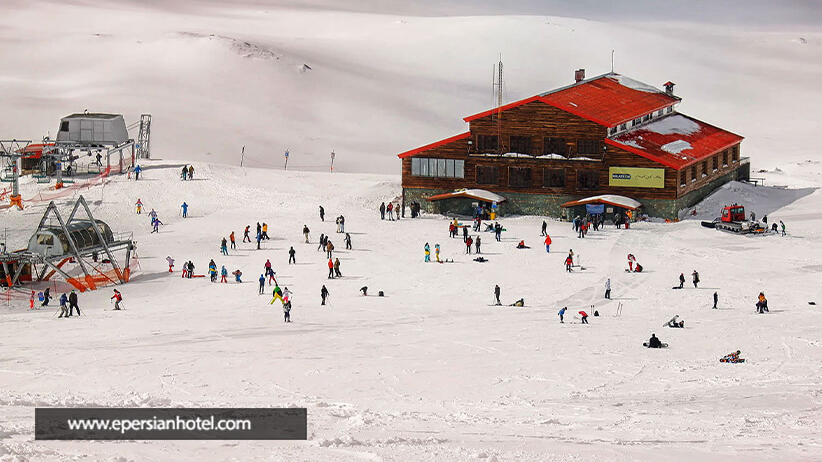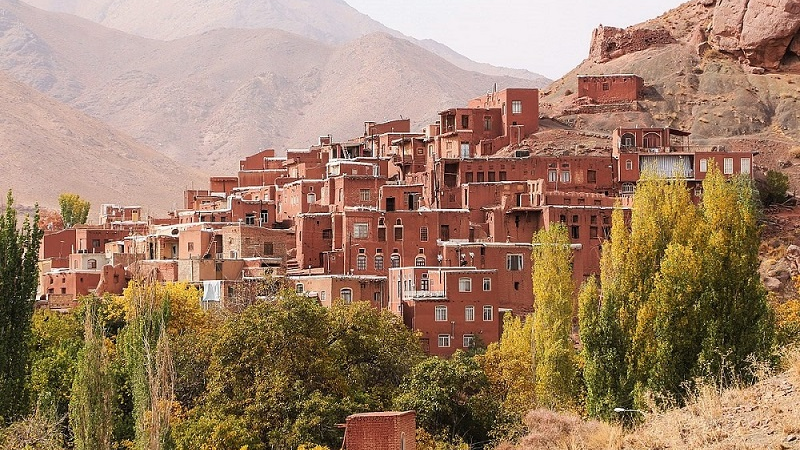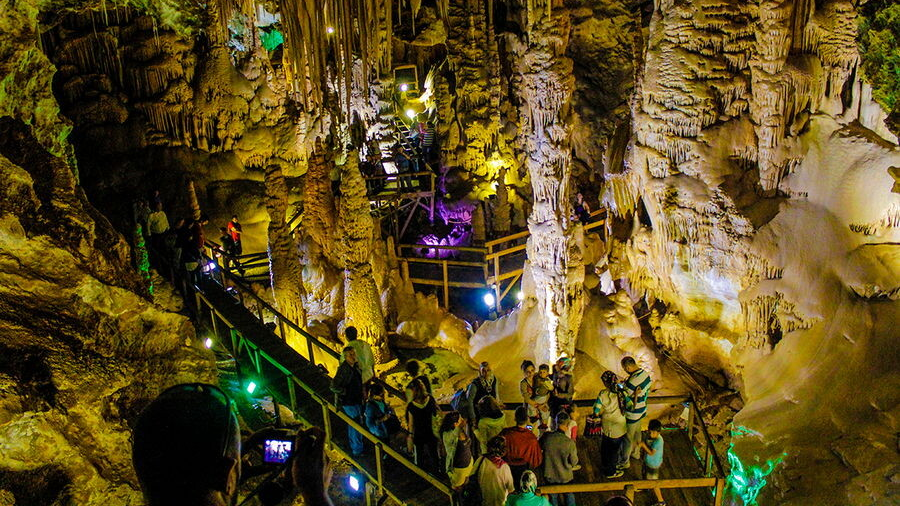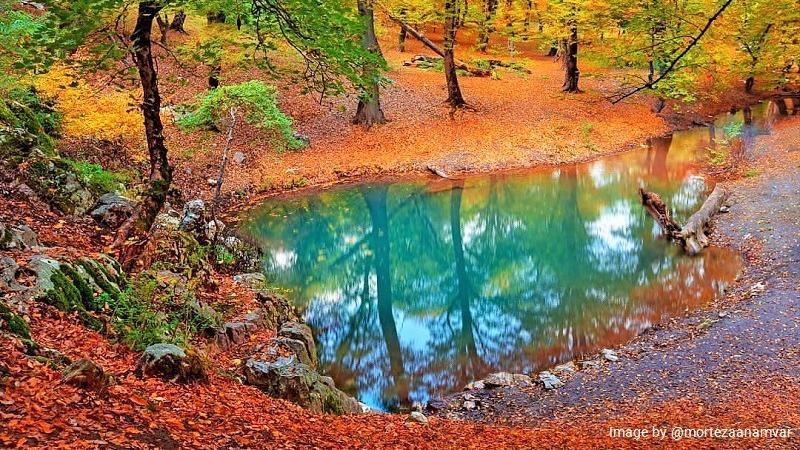
Haripsimeh Church: A Testament to the Ancient Presence of Armenians in Iran
Armenians in Iran currently reside in cities such as Isfahan, Tabriz, Tehran, and Shiraz, with their population estimated at around 100,000. The presence of this community in Iran has a long history, dating back to periods before the advent of Islam. Today, a significant number of Armenian churches exist across various regions of Iran, particularly in the northwest, some of which have been registered as World Heritage Sites due to their architectural and historical value.
The Armenian presence in Iran has created excellent opportunities for cultural exchange between Iran and Armenia, with many Armenians traveling annually between the two countries, especially to participate in religious ceremonies.The “Mojoumbar Church,” also known as “Saint Haripsimeh” (recorded as “Surp Haripsimeh” or “Mojoumbar”), is one of the ancient churches of East Azerbaijan Province. Historians regard it as a symbol of the longstanding settlement of Armenians in Iran.
Characteristics and Architecture of Haripsimeh Church
The church building is constructed entirely of stone. The overall plan of Haripsimeh Church is rectangular, measuring 13 by 23 meters. The structure reaches a height of eight meters, and its roof is pitched. The roof is covered with a layer of soil and gravel to enhance its durability against rain and environmental changes. Four massive columns support the weight of the building. Additionally, the church features a semicircular apse. On the eastern side of the church, there are two small rooms.
The architecture of the Haripsimeh Church follows the principles of the Armenian architectural style. This style has been employed by Armenians for over 4,500 years in the construction of various structures, particularly churches. It carefully considers the climate and geographical conditions of mountainous regions, utilizing mineral stones in its constructions. The use of stone in Armenian architecture imparts a distinctive beauty to the buildings. Today, churches remain the most prominent exemplars of Armenian architecture, though the origins of this style predate the advent of Christianity. Perhaps the first major expansion of Armenian architecture can be traced to the Urartian period. The Urartians, who established a kingdom in the first millennium BCE in the southwest of the Caspian Sea region, amassed considerable wealth through regional trade, which facilitated their architectural endeavors.
The church is illuminated by small windows located high on its western, eastern, and southern walls, as well as in the ceiling. At different times of the day, sunlight streaming through these openings casts a distinctive glow throughout the interior, creating a unique and captivating ambiance.
Where is Haripsimeh Church located?
Haripsimeh Church is situated in the west of East Azerbaijan Province, in the village of Mojombar in Shabestar County. To visit this site, one must travel about 30 kilometers along the Tabriz–Marand road and reach the village of Mojombar in the Rudqāt Rural District of the Sufian District, Shabestar. Several decades ago, the Armenian residents of this village migrated to Armenia and other cities in Iran. Currently, the village has a population of over 350 people.
Where is Haripsimeh Church located?
Haripsimeh Church is situated in the west of East Azerbaijan Province, in the village of Mojombar in Shabestar County. To visit this site, one must travel about 30 kilometers along the Tabriz–Marand road and reach the village of Mojombar in the Rudqāt Rural District of the Sufian District, Shabestar. Several decades ago, the Armenian residents of this village migrated to Armenia and other cities in Iran. Currently, the village has a population of over 350 people.
National Registration of Haripsimeh Church
Haripsimeh Church was registered on Iran’s National Heritage List in 1968 (1347 SH).
| Name | Haripsimeh Church: A Testament to the Ancient Presence of Armenians in Iran |
| Country | Iran |
| State | East Azerbaijan |
| City | Shabestar |
| Type | Historical |
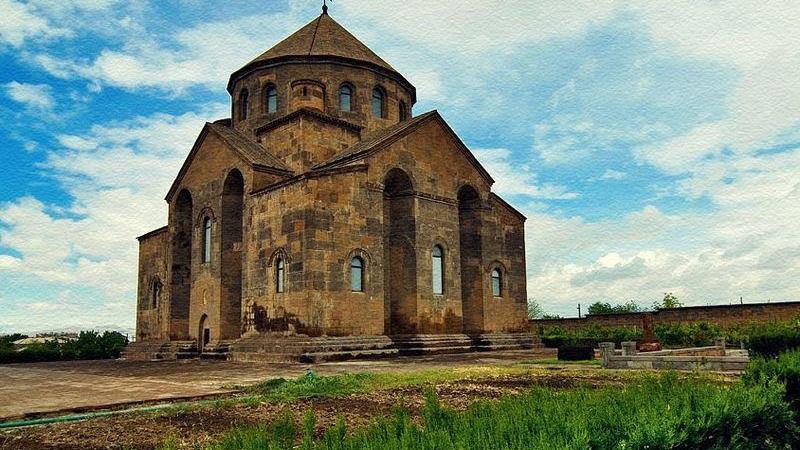
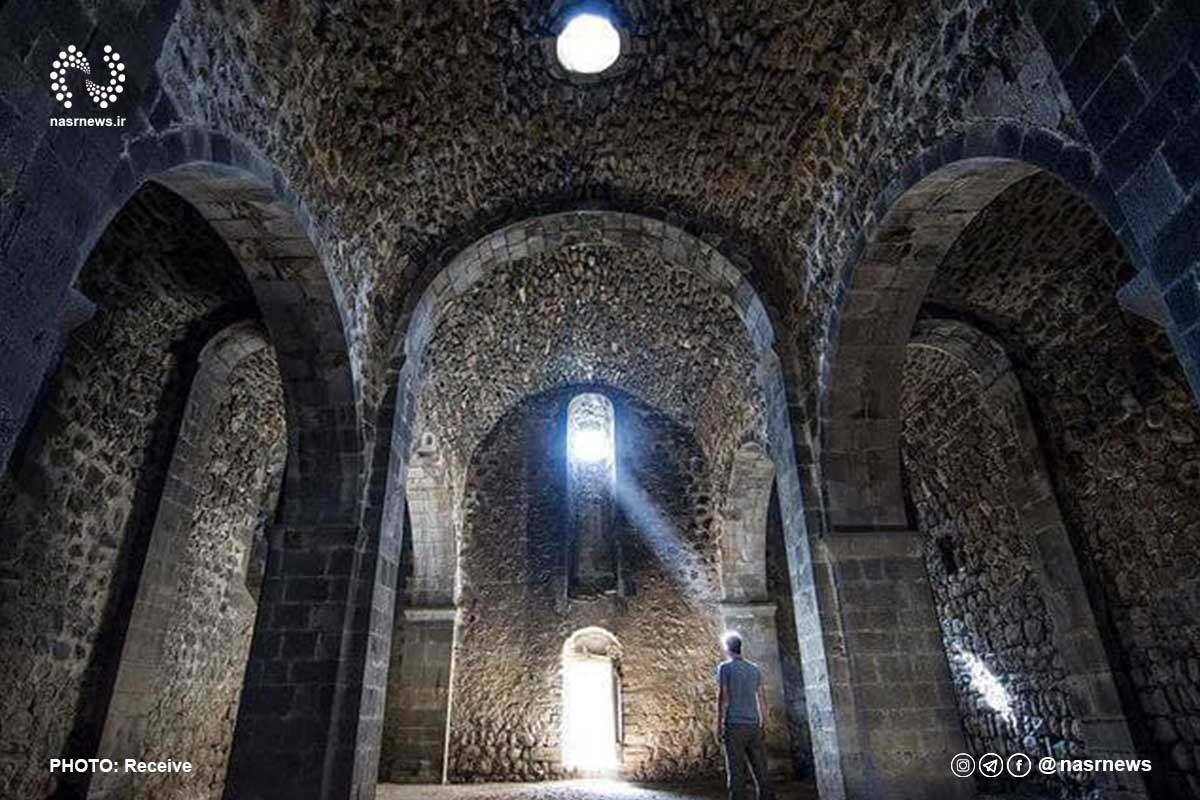
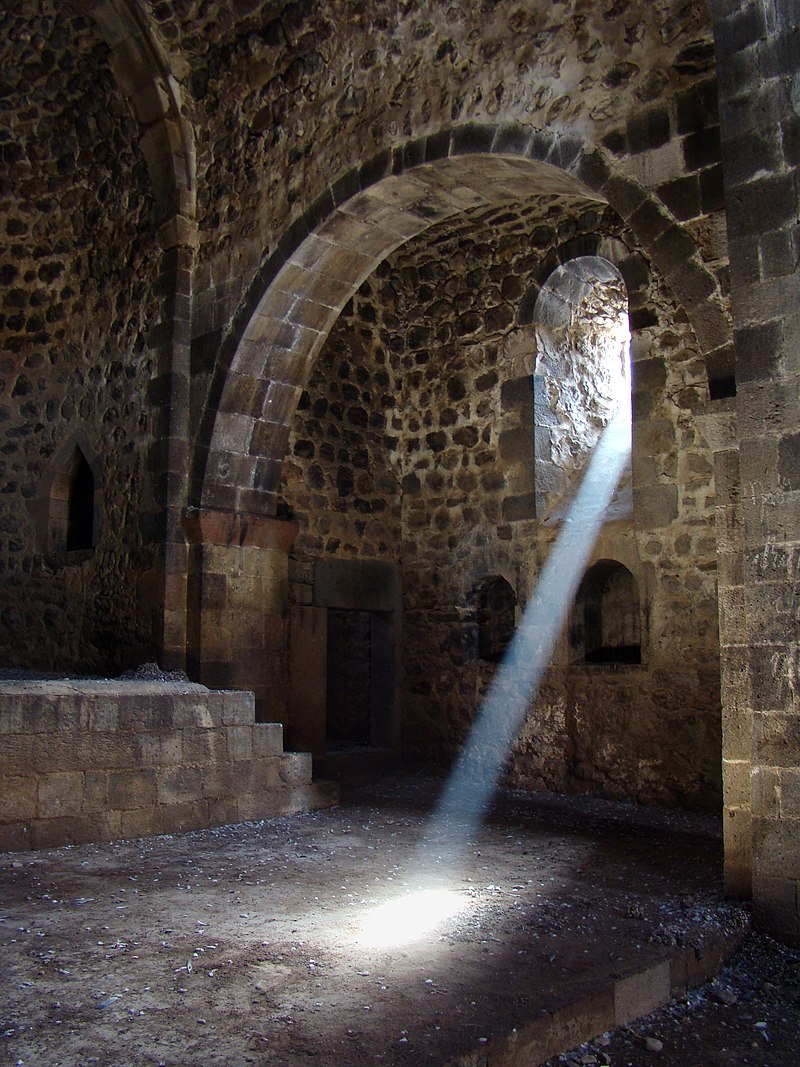



Choose blindless
Red blindless Green blindless Blue blindless Red hard to see Green hard to see Blue hard to see Monochrome Special MonochromeFont size change:
Change word spacing:
Change line height:
Change mouse type:
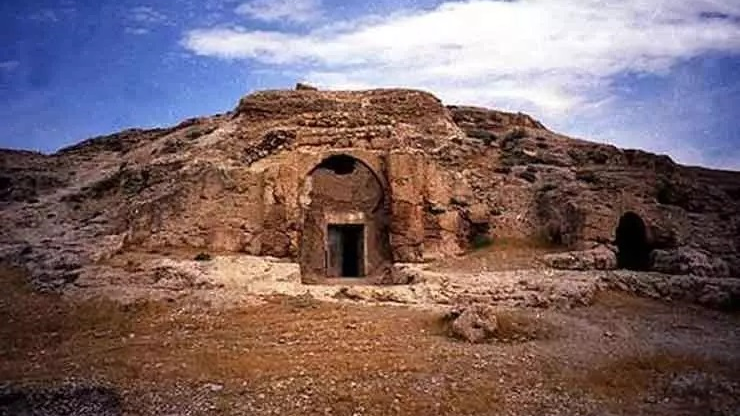
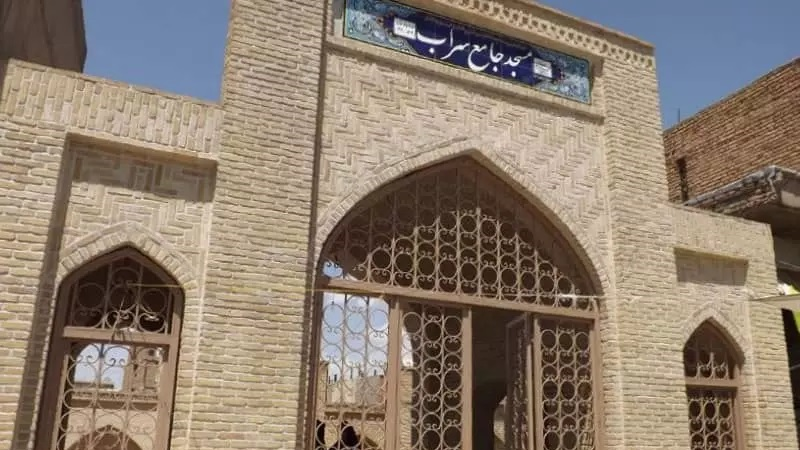
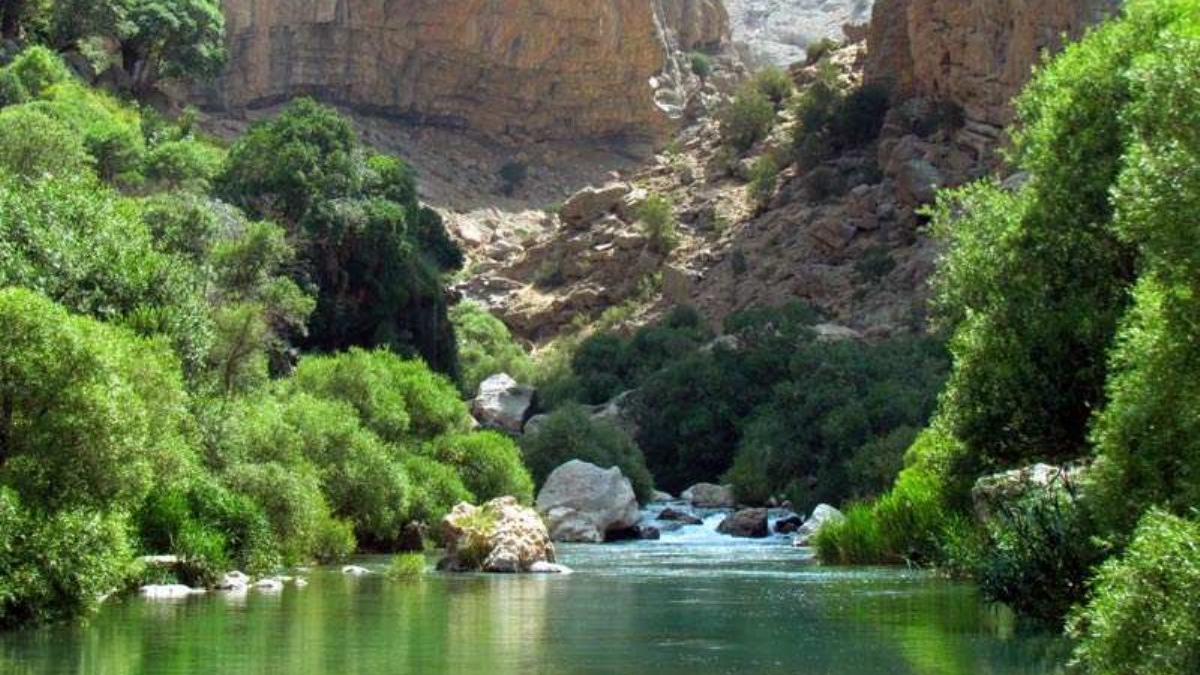
_crop_1.jpg)
